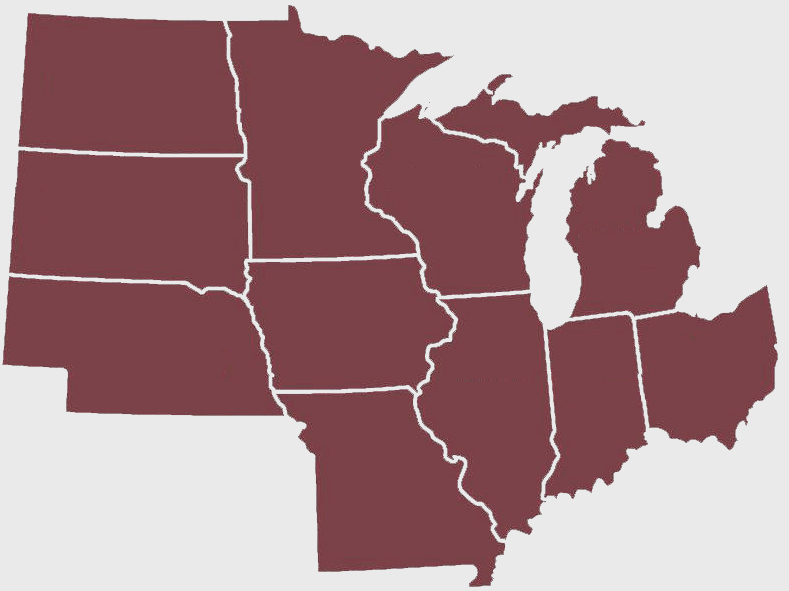Spring Grove, MN
(Main Office)
20740 County Road 33
Spring Grove, MN 55974
Phone:
(888) 983-3670 (toll-free)
or (507) 498-3944
Fax: (507) 498-3953
General Email:
info@shootingstarnativeseed.com
Lake Bronson, MN
(Sales)
Phone:
(877) 733-3087
Sales & Customer Service:
info@shootingstarnativeseed.com
Madison, WI
(Sales)
Phone:
(888) 983-3670 (toll-free)
or (507) 498-3944
Fax: (507) 498-3953
Sales & Customer Service:
john@shootingstarnativeseed.com
Montevideo, MN
(Sales)
Phone:
(320) 564-0100
Fax: (507) 498-3953
Sales & Customer Service:
dennis@shootingstarnativeseed.com
Map & Directions


